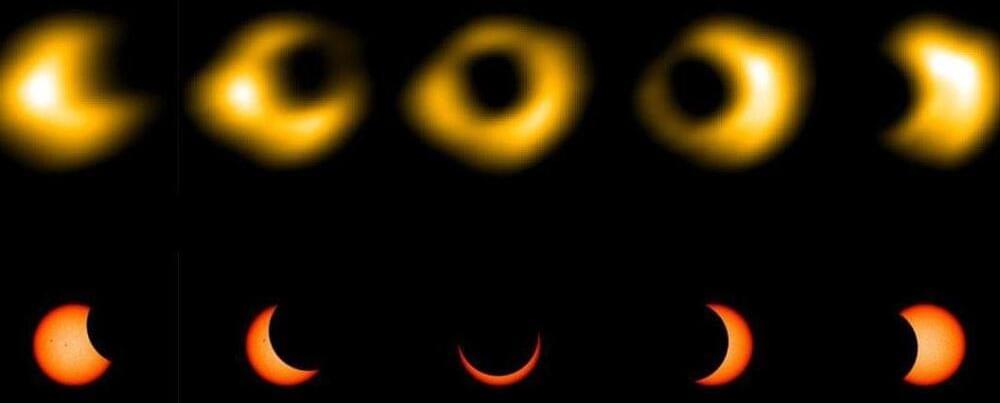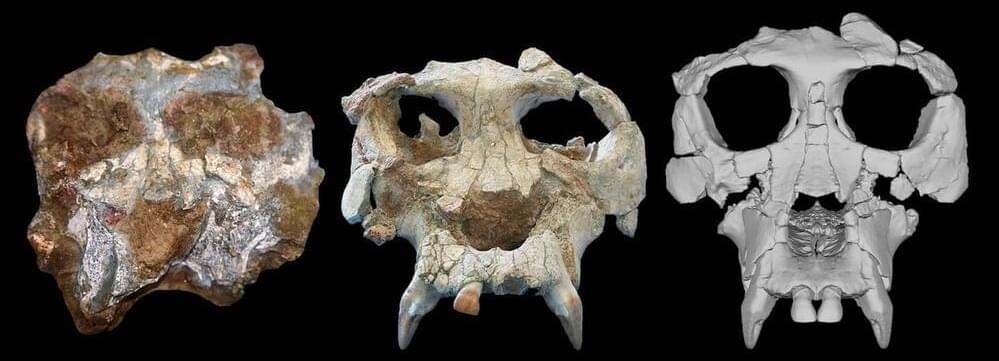⚡ Urgent — F5 warns of a critical vulnerability (CVE-2023–46747) in BIG-IP, allowing unauthenticated remote code execution.



🚑 Healthcare IT professionals, take note.
A critical RCE vulnerability (CVE-2023–43208) has been uncovered in Mirth Connect, a healthcare data integration platform.
Read:
Update to version 4.4.1 immediately to prevent unauthorized access.
A critical remote code execution vulnerability (CVE-2023–43208) has been uncovered in Mirth Connect.



Data that needs to be stored long-term is growing exponentially. Existing storage technologies have a limited lifetime, and regular data migration is needed, resulting in high cost. Project Silica designs a long-term storage system specifically for the cloud, using quartz glass.
Read the blog at https://aka.ms/AA6faho.
Learn more about the project at https://www.microsoft.com/en-us/research/video/project-silic…-in-glass/

The number of publications in artificial intelligence (AI) has been increasing exponentially and staying on top of progress in the field is a challenging task. Krenn and colleagues model the evolution of the growing AI literature as a semantic network and use it to benchmark several machine learning methods that can predict promising research directions in AI.

‘Open source communication is a fundamental human right,’ Automattic CEO Matt Mullenweg says, and he’s buying a platform to help pull it off.
Automattic, the company that runs WordPress.com, Tumblr, Pocket Casts, and a number of other popular web properties, just made a different kind of acquisition: it’s buying Texts, a universal messaging app, for $50 million.
Texts is an app for all your messaging apps. You can use it to log in to WhatsApp, Instagram, LinkedIn, Signal, iMessage, and more and see and respond to all your messages in one place. (Beeper is another app doing similar things.) The app also offers some additional features like AI-generated responses and summaries, but its primary… More.
A less chaotic chat app is coming to a device near you.

The tool, called Nightshade, messes up training data in ways that could cause serious damage to image-generating AI models.
A new tool lets artists add invisible changes to the pixels in their art before they upload it online so that if it’s scraped into an AI training set, it can cause the resulting model to break in chaotic and unpredictable ways.
The tool, called Nightshade, is intended as a way to fight back against AI companies that use artists’ work to train their models without the creator’s permission. Using it to “poison” this training data could damage future iterations of image-generating AI models, such as DALL-E, Midjourney, and Stable Diffusion, by rendering some of their outputs… More.
